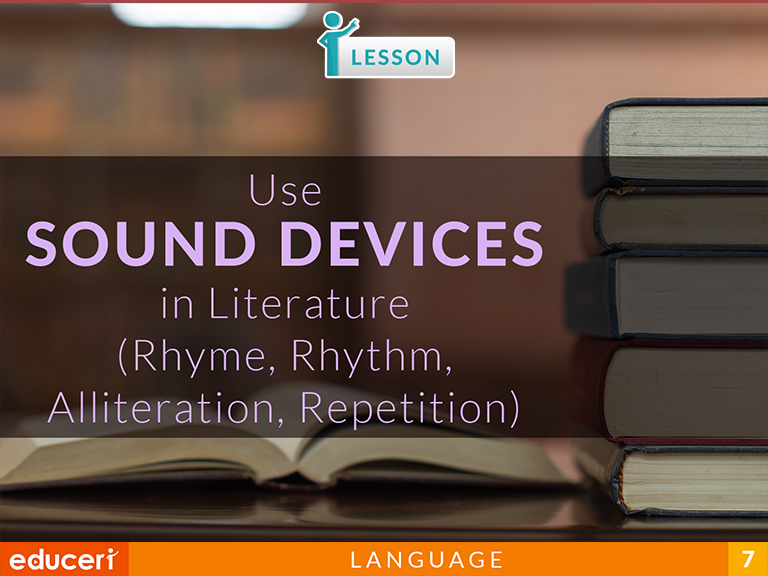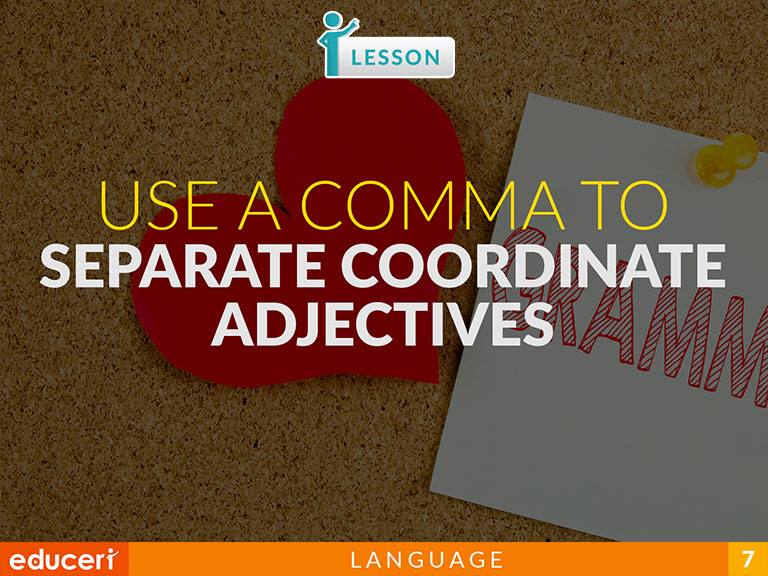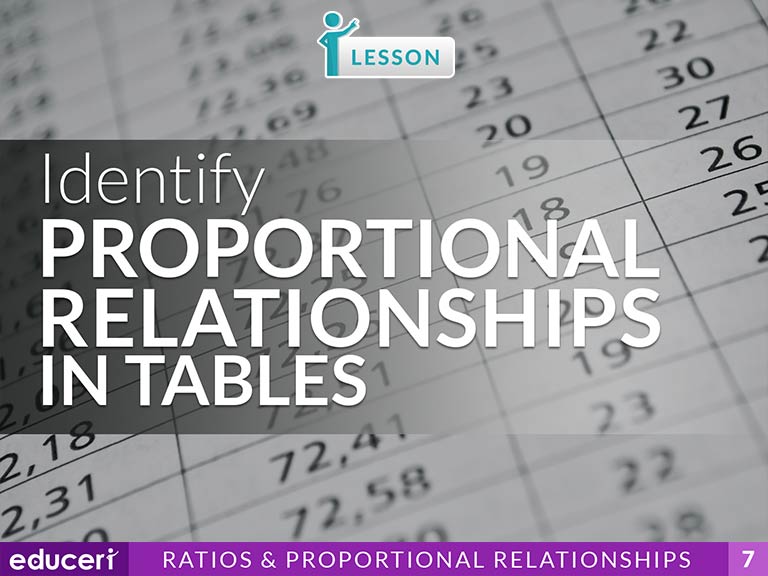All Lessons
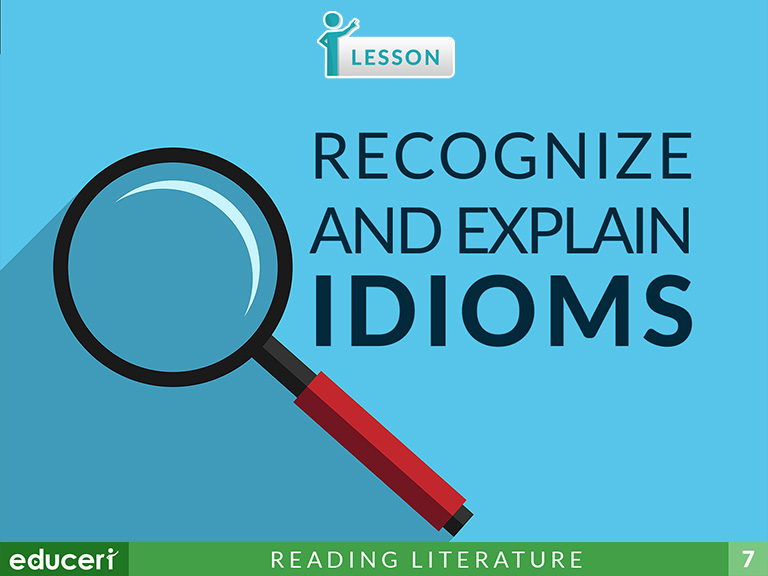
Recognize and Explain Idioms
This reading vocabulary lesson focuses on identifying idioms. The lesson includes research-based strategies and strategic questions that prepare students for assessments. In this lesson, students read the sentence and underline the idiom. Then, they determine the meaning of the idiom using context clues and select the correct answer. In addition to the lesson, there are four pages of Independent Practice and review with questions modeled after current adaptive testing items.
Share This Lesson
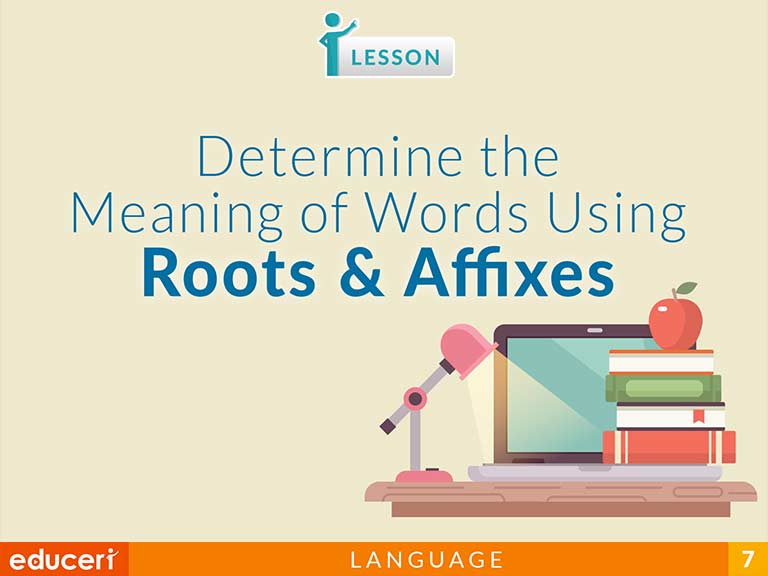
Determine the Meaning of Words Using Roots and Affixes
L.7.4 Determine or clarify the meaning of unknown and multiple-meaning words and phrases based on grade 7 reading and content, choosing flexibly from a range of strategies.
L.7.4.BL.7.4.B Use common, grade-appropriate Greek or Latin affixes and roots as clues to the meaning of a word (e.g., belligerent, bellicose, rebel).
This reading vocabulary lesson focuses on determining the meaning of words using roots and affixes. The lesson includes research-based strategies and strategic questions that prepare students for assessments. In this lesson, students read the sentences and identify the root in the bold word. Then, they use context clues along with the meaning of the root and affix to determine the best meaning of the bold word. In addition to the lesson, there are six pages of Independent Practice and review with questions modeled after current adaptive testing items.
Share This Lesson
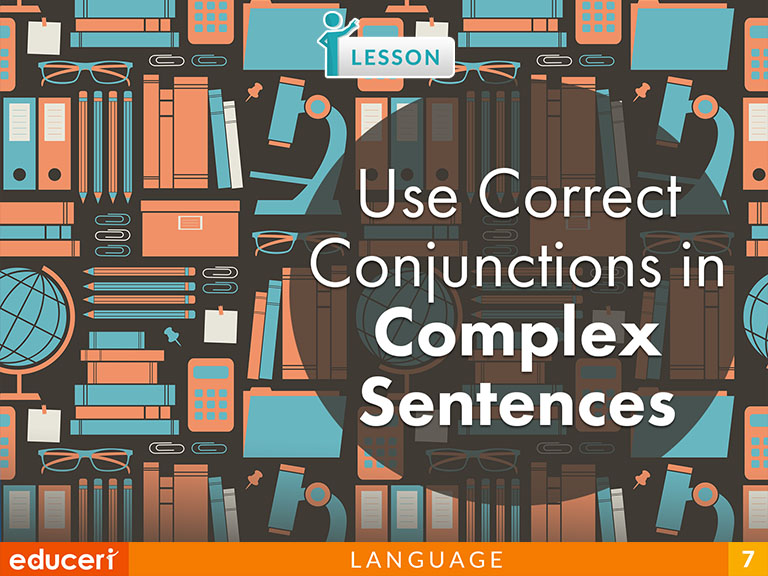
Identify Complex Sentences
This writing conventions lesson focuses on identifying complex sentences. The lesson includes research-based strategies and strategic questions that prepare students for assessments. In this lesson, students read the sentence and identify the dependent clause, labeling the conjunction and punctuation. then, Identify the independent clause and if it is a complex sentence, students identify what type (cSV, SV, or SV cSV). Finally, they write how the clauses are related. In addition to the lesson, there are four pages of Independent Practice and review with questions modeled after current adaptive testing items.
Share This Lesson
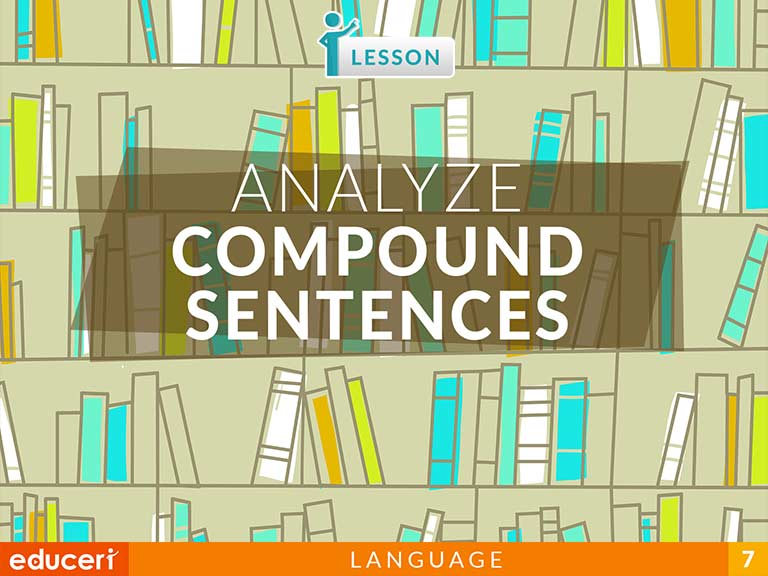
Analyze Compound Sentences
This writing conventions lesson focuses on analyzing compound sentences. The lesson includes research-based strategies and strategic questions that prepare students for assessments. In this lesson, students identify the relationship between two independent clauses (addition, cause, difference, result, choice). Then, they write the correct coordinating conjunction for the compound sentence. In addition to the lesson, there are four pages of Independent Practice and review with questions modeled after current adaptive testing items.
Share This Lesson
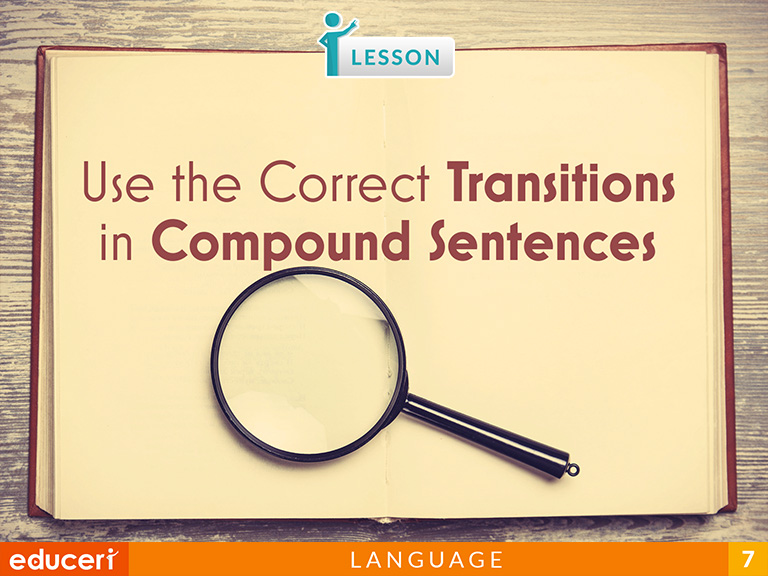
Use the Correct Transitions in Compound Sentences
This writing conventions lesson focuses on identifying compound sentences. The lesson includes research-based strategies and strategic questions that prepare students for assessments. In this lesson, students read the sentence and label and independent clauses, and transitions. Then, they determine if it is a compound sentence and how the sentences are related. In addition to the lesson, there are four pages of Independent Practice and review with questions modeled after current adaptive testing items.
Share This Lesson
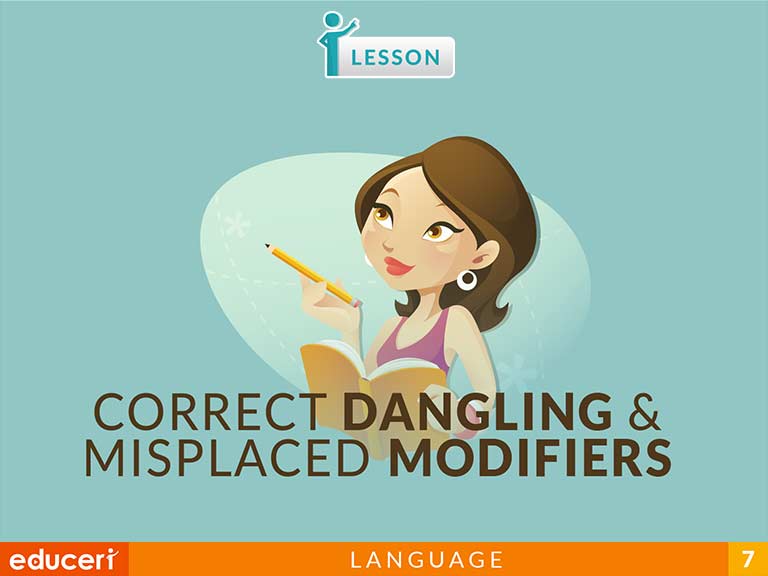
Correct Dangling & Misplaced Modifiers
This Common Core language lesson covers misplaced and dangling modifiers. The lesson includes research-based strategies and strategic questions that prepare students for Common Core assessments. In this lesson, students will learn to identify the unclear modifier, determine if it’s dangling or misplaced, and then rewrite the sentence to correct the problem. In addition to the lesson, there are four pages of Independent Practice with questions modeled after the Common Core assessment items.
Share This Lesson
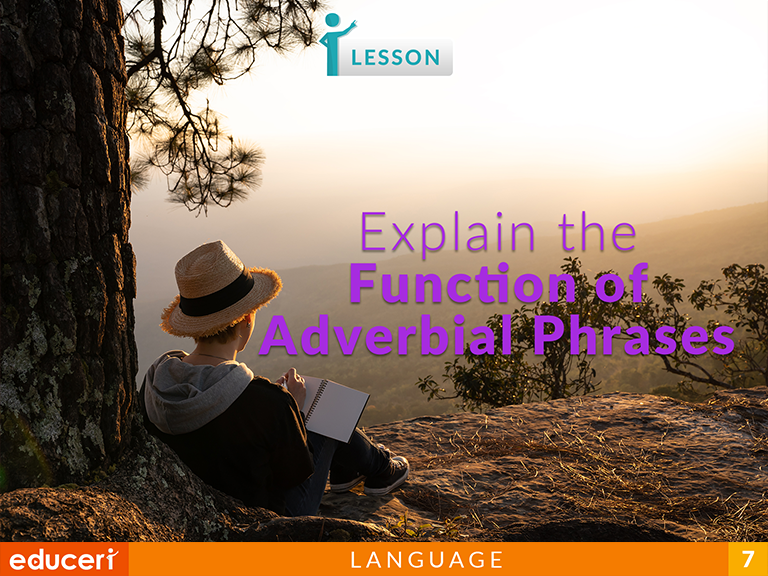
Explain the Function of Adverbial Phrases
This language lesson covers how to explain the function of adverbial phrases. The lesson includes research-based strategies and strategic questions that prepare students for assessments. In this lesson, students will identify the adverbial phrase, and then determine what information it gives about the bolded verb (such as how, when, where, and why).
Share This Lesson
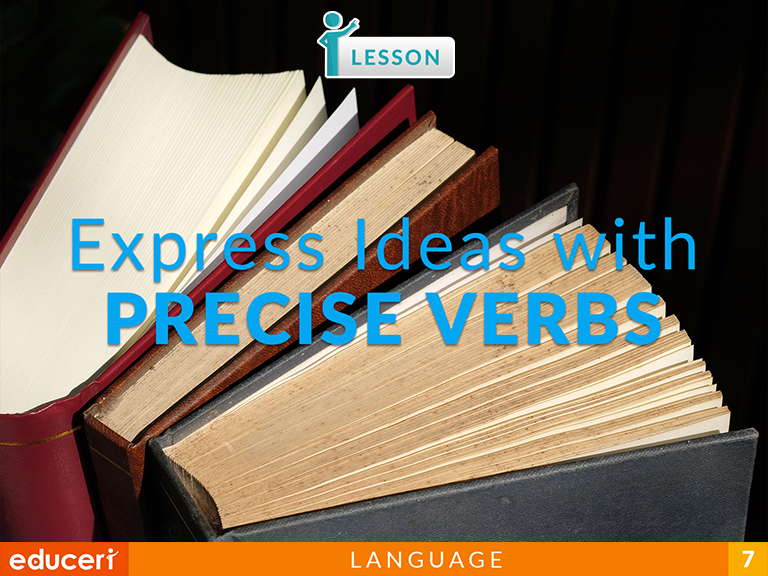
Express Ideas with Precise Verbs
This language lesson covers how to express ideas with precise verbs. The lesson includes research-based strategies and strategic questions that prepare students for assessments. In this lesson, students read a sentence and instructions for a more specific verb that is needed in the sentence. Then, they choose the most precise verb from a list of possibilities.
Share This Lesson
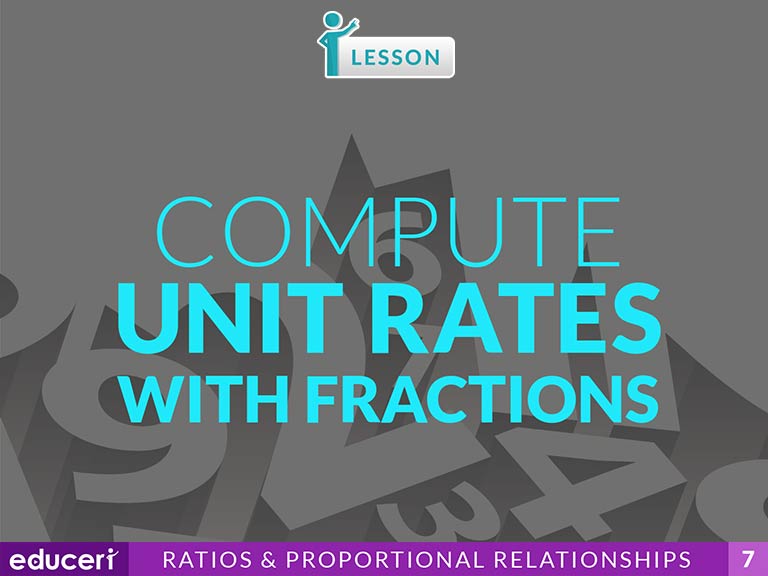
Compute Unit Rates with Fractions
This ratios and proportional relationships lesson covers how to compute unit rates (complex fraction ratios). The lesson includes research-based strategies and strategic questions that prepare students for assessments. In this lesson, students create an equivalent ratio table using given units and quantities. They identify the unit quantity, determine the multiplicative inverse which produces one, and then apply the multiplicative inverse to the other quantity. Finally, they interpret the unit rate.
Share This Lesson
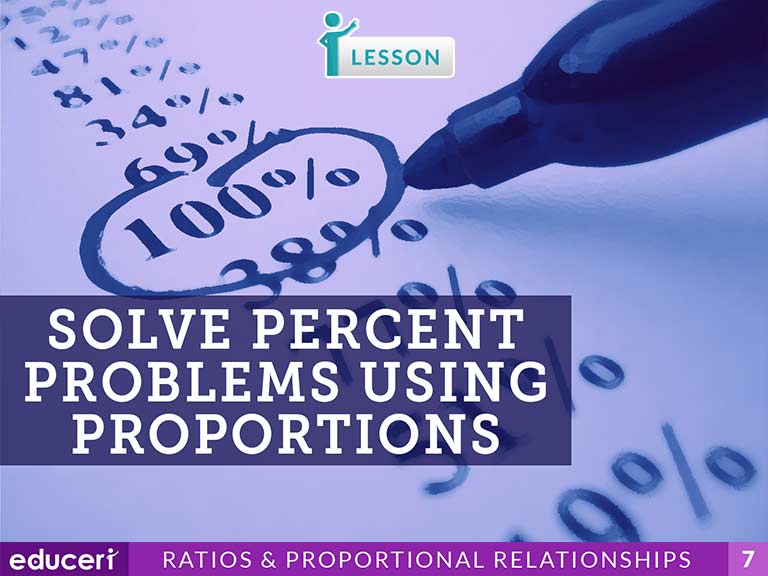
Solve Percent Problems Using Proportions
(Y8) Solve problems involving the use of percentages, including percentage increases and decreases, with and without digital technologies (ACMNA187)
ACMEM011(Y11-12) Calculate a percentage of a given amount (ACMEM011)
ACMEM013(Y11-12) Apply percentage increases and decreases in situations; for example, mark-ups, discounts and GST (ACMEM013)
This ratios and proportional relationships lesson covers how to solve multistep percent problems using proportions. The lesson includes research-based strategies and strategic questions that prepare students for assessments. In this lesson, students determine what the question is asking, and then the corresponding percent and quantity by drawing a diagram. Then, they set up a proportion for the percent and quantity, cross multiply, and solve for the unknown quantity. Finally, they interpret the solution, identifying whether it was a percent increase (tax, tip, or markup) or a percent decrease (sale, discount, or coupon).
Share This Lesson
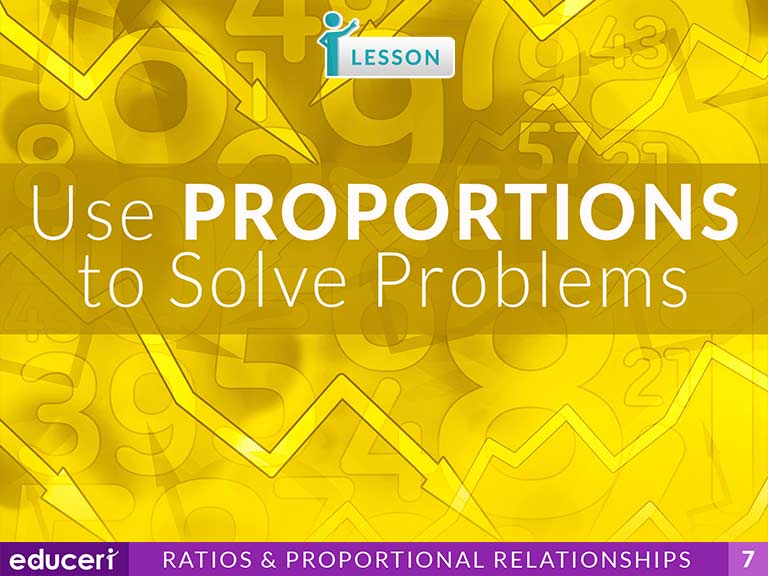
Use Proportions to Solve Problems
7.RP.2 Recognize and represent proportional relationships between quantities.
7.RP.2.C7.RP.2.C Represent proportional relationships by equations. For example, if total cost t is proportional to the number n of items purchased at a constant price p, the relationship between the total cost and the number of items can be expressed as t = pn.
This number sense lesson focuses on using proportions to solve problems. The lesson includes research-based strategies and strategic questions that prepare students for assessments. In this lesson, students read the problem and identify the given ratio. Then, they set up a proportion using the given ratios, if necessary. Finally, they cross-multiply and solve for the unknown value by applying an inverse operation, and then they interpret the solution. In addition to the lesson, there are eight pages of Independent Practice and review with questions modeled after current adaptive testing items.
Share This Lesson
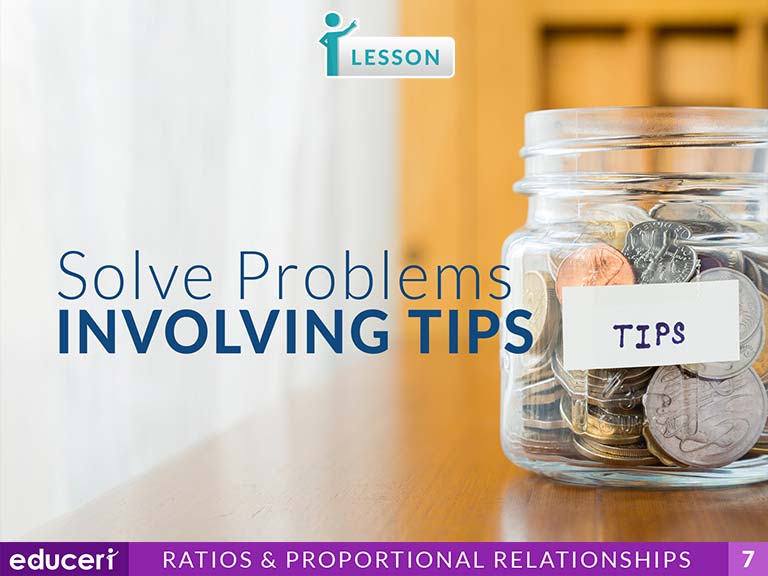
Solve Problems Involving Tips
(Y7) Find percentages of quantities and express one quantity as a percentage of another, with and without digital technologies. (ACMNA158)
ACMNA187(Y8) Solve problems involving the use of percentages, including percentage increases and decreases, with and without digital technologies (ACMNA187)
ACMEM011(Y11-12) Calculate a percentage of a given amount (ACMEM011)
ACMEM013(Y11-12) Apply percentage increases and decreases in situations; for example, mark-ups, discounts and GST (ACMEM013)
This number sense lesson focuses on solving problems involving tips. The lesson includes research-based strategies and strategic questions that prepare students for assessments. In this lesson, students read the problem, identifying the initial tip percent and the initial amount paid. Then, they convert the tip percentage to a decimal number and calculate the tip by multiplying the tip decimal and initial amount paid. Finally, they calculate the total amount paid by adding the initial amount and the tip, and then they interpret the total amount paid in a complete sentence. In addition to the lesson, there are eight pages of Independent Practice and review with questions modeled after current adaptive testing items.
Share This Lesson

Solve Problems Involving Discounts, Profits, and Commissions
This number sense lesson focuses on solving problems involving discounts, profits, and commissions. The lesson includes research-based strategies and strategic questions that prepare students for assessments. In this lesson, students read the problem and identify the percent discount and original price, or percent profit and original cost, or percent commission and sale amount. Then, they calculate and interpret the discounted price, selling price, or commission. In addition to the lesson, there are eleven pages of Independent Practice and review with questions modeled after current adaptive testing items.
Share This Lesson

Calculate the Amount of Interest Earned
This number sense lesson focuses on calculating the amount of interest earned. The lesson includes research-based strategies and strategic questions that prepare students for assessments. In this lesson, students write the known values for the interest formula by converting the rate (percent) to a decimal and the time/term (t) to years, if needed. Then, they substitute the known values in the formula and solve simple interest. Finally, they interpret the answer in a complete sentence. In addition to the lesson, there are four pages of Independent Practice and review with questions modeled after current adaptive testing items.
Share This Lesson
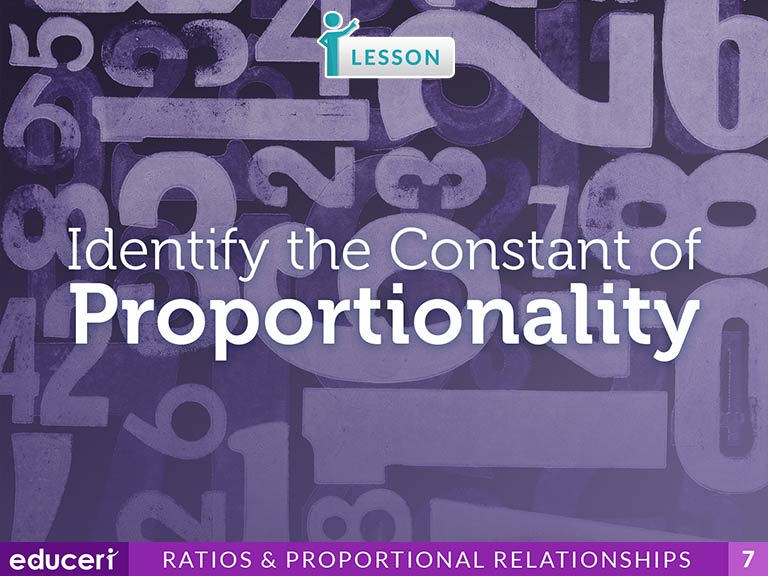
Identify the Constant of Proportionality
This algebra and functions lesson focuses on solving problems involving direct variation. The lesson includes research-based strategies and strategic questions that prepare students for assessments. In this lesson, students read the question and identify which two quantities have a direct variation. Then, they set up the direct variation equation, y=kx, and solve for the constant of variation, k, by substituting the known quantities. Finally, they write and circle the direct variation equation and use it to solve for the unknown quantity. In addition to the lesson, there are eight pages of Independent Practice and review with questions modeled after current adaptive testing items.
Share This Lesson
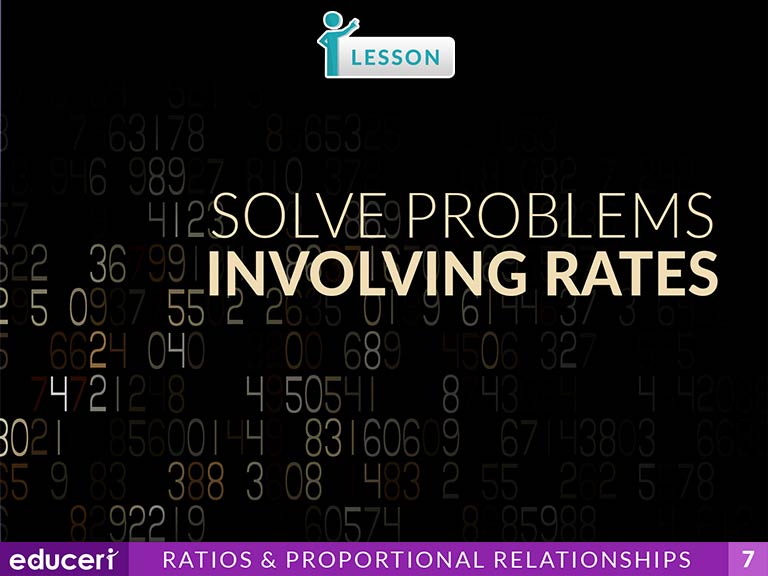
Solve Problems Involving Rates
This algebra and functions lesson focuses on solving problems involving rates. The lesson includes research-based strategies and strategic questions that prepare students for assessments. In this lesson, students read the problem and identify the known rate and any information about the unknown rate. Then, they set up a proportion using the known rate and the unknown rate. Finally, they solve for the unknown quantity by cross-multiplying and solving the equation, and then interpret the solution in a complete sentence. In addition to the lesson, there are four pages of Independent Practice and review with questions modeled after current adaptive testing items.
Share This Lesson
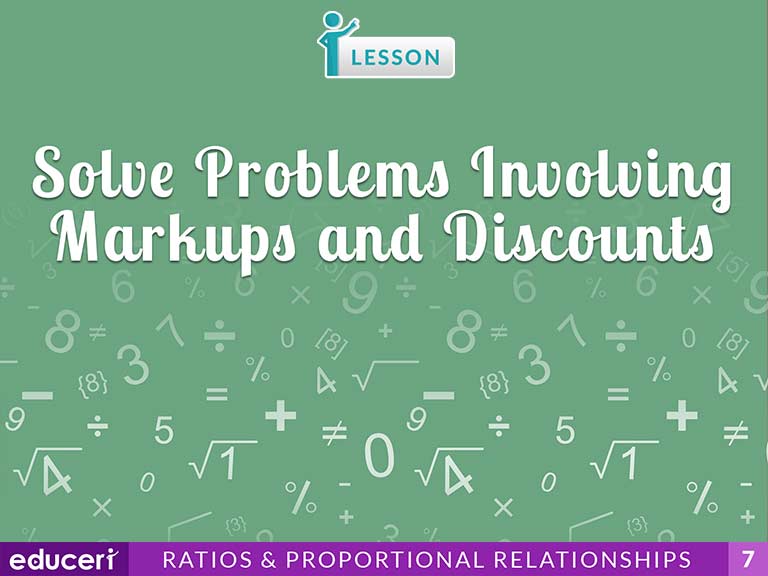
Solve Problems Involving Markups and Discounts
This number sense lesson focuses on solving problems involving markups and discounts. The lesson includes research-based strategies and strategic questions that prepare students for assessments. In this lesson, students read the problem, identifying the original price and the percent. Then, they identify if it is a markup or discount, and convert the percent markup or discount to a decimal number. Finally, they calculate the markup or discount in dollars and then calculate the final price. In addition to the lesson, there are four pages of Independent Practice and review with questions modeled after current adaptive testing items.
